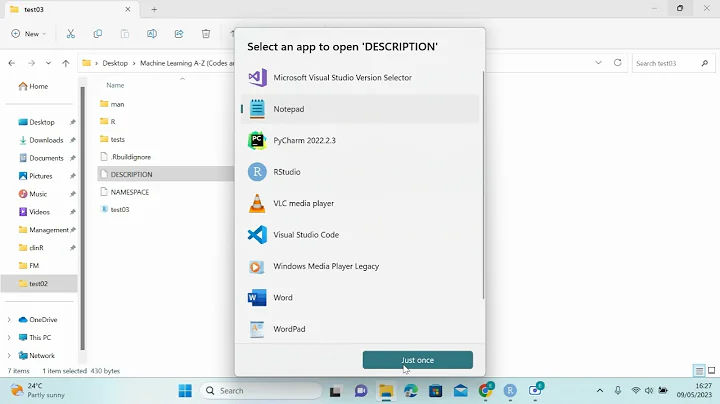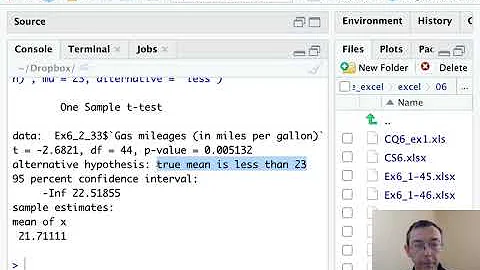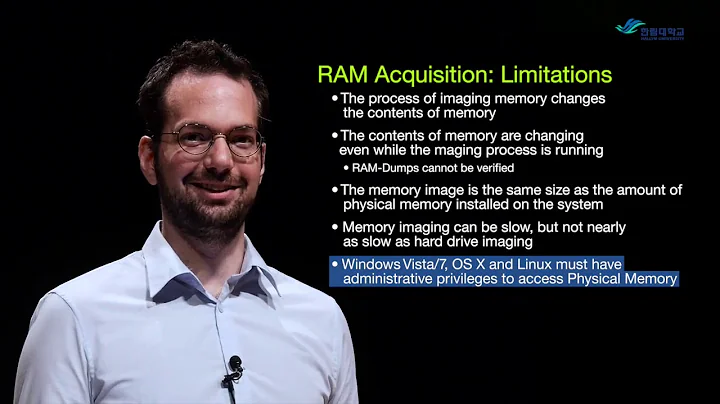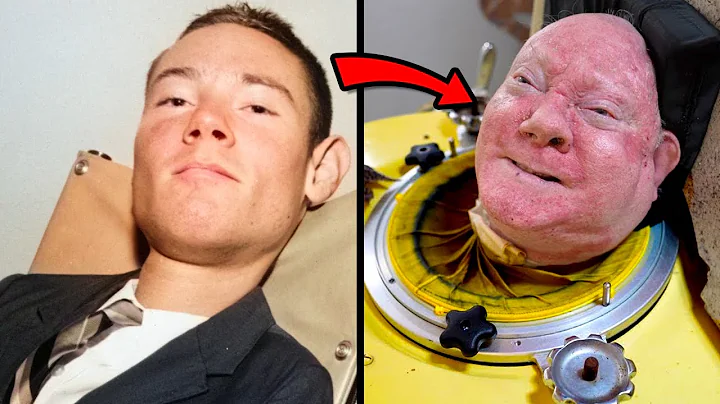
Ram R&D is mainly engaged in four major businesses: ingredient analysis, formula development, formula restoration, and standard testing. Ram R&D has rich testing experience and hundreds of various types of testing instruments. It can detect various product formulas in thousands of chemical industries. It has a huge database and rich experience. Welcome to call the 24-hour consultation hotline 4006167856.
stucco plaster formula is as follows:
formula 1: 400kg of gypsum, 600kg of silica sand, 5kg of cellulose, 40.2kg of retarder html.
Formula 2: 400kg gypsum, 300kg silica sand, 300kg heavy calcium, 2kg cellulose, 0.2kg retarder.
formula 3: 200kg of gypsum, 4400kg of quartz sand, 400kg of heavy calcium, 2kg of cellulose, and 0.2kg of retarder.
stucco gypsum is divided into surface layer stucco gypsum (F), bottom layer stucco gypsum (B) and insulation layer stucco gypsum (T) according to its use. Among them: the surface layer of stucco gypsum (F) usually does not contain aggregates and is used for the outermost layer of plastering materials on gypsum or other bases; the bottom layer of stucco gypsum usually contains aggregates and is used for base leveling; the insulation layer of stucco gypsum has Good thermal insulation, usually contains light aggregate , and the hardened body volume density is not greater than 500kg/m³. The reinforcement should be marked before construction. There are 2 horizontal ribs with a floor height of less than 3 meters, the spacing between vertical ribs is about 1.5 meters, and the rib width is 30~50 mm. Plaster thickness should be specified by the building design. The thickness of the plastering is 5~20 mm. First, the BZD2 type bottom layer is painted with gypsum mortar as a base, and then the BZM type surface layer is used to paint the gypsum overlay. When the plastering thickness exceeds 8 mm, it should be applied in layers, and the thickness of each layer should be controlled within 8 mm. The next layer should be plastered after the slurry of the previous layer has finally set. The first layer is the adhesive layer, so the iron trowel cannot be applied back multiple times to avoid causing the slurry to shift and form empty strands. Press lightly with your fingers and there will be no obvious traces indicating final setting.





















